Introduction

In the SLR era the “Nifty Fifty” was the lens of choice for many: a compact, fast and at the same time affordable 50mm lens. For the Sony FE system the next best thing we got so far is the Sony FE 50mm 2.5 G, but it isn’t as fast and also not that affordable.
To my surprise TTArtisan is now the one trying to revive the Nifty Fifty and despite being a mirrorless design it is as small as the smallest SLR 50s. But did they succeed? Let’s find out in this review.
Sample Images




Most of the sample images in this review can be found in full resolution here.
Contents
Disclosure
The TTArtisan 50mm 2.0 was kindly provided free of charge by TTArtisan for reviewing purpose for a few weeks.
Specifications
The TTArtisan 50mm 2.0 is the shortest 50mm lens designed for mirrorless cameras I have seen yet. It is available for Sony E, Canon RF, Nikon Z, Fuji-X, L-mount, Eos-M and M43. I am reviewing the E-mount version here which has the following specifications:
-
- Diameter: 60 mm
- Field of view: 45° (diagonally)
- Length: 35 mm
- Weight: 189g
- Filter Diameter: 43 mm
- Number of Aperture Blades: 10 (rounded)
- Elements/Groups: 6/5

- Close Focusing Distance: 0.5 m (measured: 0.58 m)
- Maximum Magnification: 1:8.9
- Mount: Sony E
You can buy this lens from TTArtisan | Amazon | ebay.com | B&H for about $69 (affiliate links)
Handling / Build Quality

So far most of the TTArtisan E-mount lenses have first been released as M-mount lenses and then later been modified for other mounts. This 50mm 2.0 is different though, as it isn’t even available for M-mount and the casing design also differs a lot from their M-mount lenses. Like the M-mount lenses it is also made by DJ-Optical though.
The mechanical quality generally feels good although I do see some cost cutting measures, as the markings are only printed, not engraved and filled with paint as I am used to from TTArtisan.
The aperture ring (90° rotation from f/2.0 to f/16) has a rather unusual stepping, too: half-stop click-stops between f/2.0 and f/5.6 and full-stop click-stops between f/5.6 and f/16. The stops also get narrower as you stop down, so the internal mechanical design must be a bit simpler.
The focus ring does offer a nice resistance slightly on the soft side and rotates a bit more than 120° from the minimum focus distance of 0.50 m to infinity. Using the lens it felt like it didn’t focus as close as advertised, so I checked and indeed the minimum focus distance is closer to 0.6 m.

There is no hood distributed with the lens and there isn’t an official one available. TTArtisan told me they have a rectangular 43mm screw-in hood available though which I ordered then, but it didn’t really help with reducing the amount of lens flares.

The TTArtisan 50mm 2.0 is the smallest 50mm lens for the fullframe mirrorless systems I am aware of. It is about the same size as the smallest SLR era 50mm lenses like the Nikon Series E 50mm 1.8 – quite the achievement!
There are no electronic contacts, this is a fully manual lens that does not communicate with the camera.
Vignetting
light falloff

| f/2.0 | 3.3 EV |
| f/2.8 | 2.7 EV |
| f/4.0 | 2.2 EV |
| f/5.6 | 2.0 EV |
| f/8.0 | 1.8 EV |
| f/11 | 1.7 EV |
With a lens this small I am expecting high vignetting figures and this is what we get. Stopping down steadily reduces the vignetting to average values in the corners though.

It is recommended to have a look at this article first to get an idea how this brightness graph works.
optical vignetting
Fast and at the same time compact lenses usually show a significant amount of optical vignetting. Without going too much into technical details optical vignetting leads to the truncation of light circles towards the borders of the frame.
In the center of the frame almost every lens will render a perfect circle, but only lenses with very low optical vignetting will keep this shape in the corners.
So in the following comparison we move from the center (left) to the extreme corner (right) and see how the shape of the light circle changes.
The benefit of short lenses like the TTArtisan 50mm 2.0 is that the amount of optical vignetting is usually low and this is also the case here. There are also no aspherical elements being used so the out of focus highlights are clean without any onion ring structures.
The lines running through the circles are due to the glass I used as a mirror to take these pictures and are not a feature of the lens.
color cast

As is often the case when using lenses with strong vignetting on the later Sony sensors there is a slight buish teint in the corners visible. This is more pronounced at wider apertures and it is rarely noticeable in real pictures, but you might still be able to spot it in one or two of the sample pictures.
Sharpness
infinity (42mp Sony A7rII)

At f/2.0 we see a general softness caused by spherical aberration all over the frame which clears up on stopping down to f/2.8.
The midframe starts to look really good at f/4.0, but the corners never reach that level – not that unusual for a pancake lens with low element count and no aspherical elements.
At f/11 you still get good across frame quality, so I wouldn’t mind using this lens for landscape/architecture scenes with fine details.
Not only the size also the performance is very similar to the compact 50mm lenses of the SLR era.
Looking at Phillip’s review of the Sony FE 50mm 1.8 I don’t have the feeling the Sony lens shows a noticeably better performance here.
portrait distance 1.4 m distance (42mp Sony A7rII)
For portraiture it isn’t so important how flat the field is, it is more interesting to see what the sharpness is like when focused at different parts of the frame to take field curvature out of the equation.

We will be looking at 100% crops from the 42mp Sony A7rII.
f/2.0 <—> f/2.8
Also at portrait distance we see the TTArtisan 50mm 2.0 is a bit soft at f/2.0 and sharpens up considerably when stopping down to f/2.8. I didn’t mind using f/2.0 in the field when needed though.
close (0.6 m, 1:8.9, 42mp A7rII)
100% crops from center, A7rII, because of focus shift (see corresponding section) I refocused for every shot.
A minimum focus distance of ~0.6 m is average for a 50mm lens. Of course a lens this small does not feature a floating elements design so I expected very soft pictures at f/2.0.
Indeed this 50mm 2.0 is a bit softer due to undercorrected spherical aberration, stopping down to f/2.8 improves the situation significantly.
Flare resistance
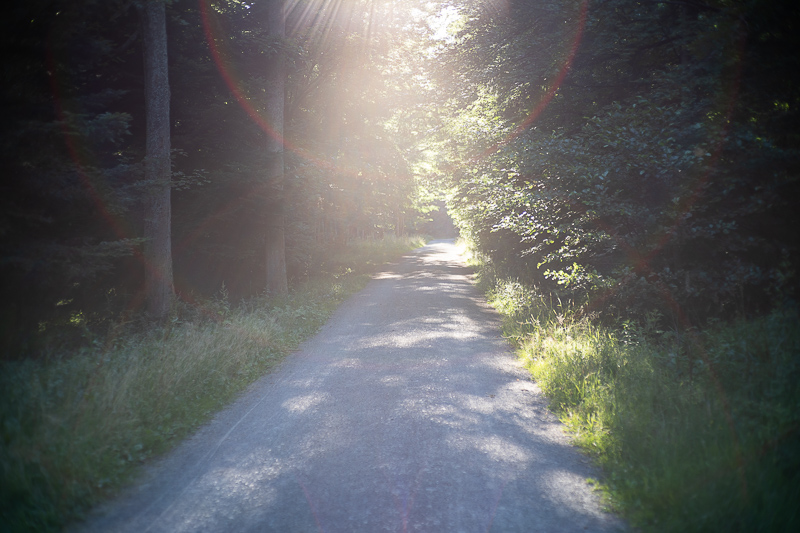
Usually evaluating the flare resistance is a complex matter since you can get any lens to look bad if you push it hard enough and a slight change of scenario can affect results a lot, but here the situation is actually not that complex.
Sun outside frame

The TTArtisans 50mm 2.0 does not ship with a hood but it is one of the lenses where it would be badly needed. With point light sources outside of the frame veiling flare is a big issue. Shading the lens with my hand usually helped, so here are two side by side examples:
The people at TTA told me they do offer a 43mm rectangular screw-in hood that should work with this lens so I ordered it to check, but it didn’t make a difference at all as it is too short.
Sun inside frame

With the sun inside the frame the situation is a bit better, but there is a rather distinct pink ghost which is easy to encounter. At maximum aperture you may encounter some internal reflections as well.
So in the end this is not a lens I would recommend if you like shooting in backlit scenarios a lot, unless you like such lens flares for artistic reasons.
Coma
All the pancake lenses I have used so far had issues with Coma at wider apertures and this TTArtisan lens is no exception. Also in this category the performance is very similar to the compact 50mm lenses from the SLR era.
The performance improves steadily on stopping down and is best at f/11.
100% crops from extreme corner, focused on center, Sony A7rII
When taking pictures in the daylight at f/2.0 Coma can also be visible in the corners under certain conditions:

Distortion
The TTArtisan 50mm 2.0 shows a rather pronounced but mostly uniform pincushion distortion. Dialing in -6 in Lightroom/Photoshop will correct this sufficiently for most subjects, but some traces of distortion in the corners remain.
Bokeh

A 50mm f/2.0 will not break any records in terms of bokeh, but we already saw this lens shows low optical vignetting and doesn’t use aspherical elements, so I hope to see some even and undistracting bokeh.
So, as usual we will check how the lens behaves at varying distances and with different backgrounds.
Close distance




At close distances there is a lot to like: bokeh is smooth and undistracting, thanks to low optical vignetting point light sources take on a natural shape even close to the corners of the frame and the comparatively high contrast at the maximum aperture adds to a nice sense of depth and subject separation.
No complaints!
Mid distance




At medium distances the bokeh over most of the frame still looks appealing and undistracting, only in the corners we can see some deteoriations (mostly caused by Coma probably) that lead to highlights taking on trapezoidal shapes.
This of course depends on the background as well, if there were no complex structures close to the corners I found it to be quite nice actually.
Long distance


As usually things get more difficult at longer focus distances. In the forest I often found the Coma to ruin the bokeh in the corners a bit and looking at the picture with the statue field curvature might also play its part.
So in the end this is not a lens that will yield great bokeh in any situation (like e.g. the Sony FE 85mm 1.4 GM), but in many situations it yields appealing results nevertheless.
If you want to know how certain aberrations can affect the bokeh rendering have a look at this article.
Sunstars
The TTArtisan 50mm 2.0 uses 10 rounded aperture blades that only create very fuzzy sunstars.
If you want to know more about sunstar rendering of different lenses have a look at this article.
Chromatic aberration
lateral
100% crops from corner, A7rII
Most of the frame is free of CA but close to the borders and corners they are a bit on the strong side. Still, the one-click-correction in a raw developer like Lightroom is doing a good job here.
longitudinal
The TTArtisan 50mm 2.0 is corrected for loCA surprisingly well. There is only minimal magenta outlining in front of the focal plane visible and hardly any green outlining behind it.
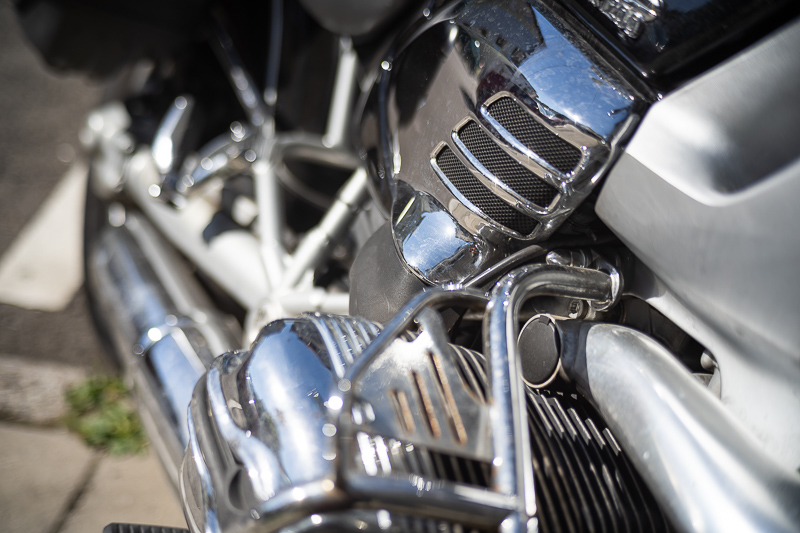
It is way better corrected than many of the legacy SLR 50mm lenses and even never lenses like the Sony FE 50mm 1.8 or Sony FE 55mm 1.8 ZA.
Focus shift
50% crops, A7rII
With some lenses when stopping down the plane of optimal focus shifts to the back or the front. The TTArtisan 50mm 2.0 is one of these lenses.
As long as you stop down first and focus afterwards this will never be an issue.
Alternatives
I will only cover the really obvious alternatives in detail here, but you can always have a look at our Guide to 50mm lenses for Sony E-mount to get an idea of what the options are.
Sony FE 50mm 1.8
The Sony FE 50mm 1.8 is the cheapest of Sony’s ~50mm lenses. The AF is on the noisy side and there are also some optical compromises (corners at infinity, loCA correction, Coma correction) to be aware of. The weight is the same as this TTArtisan lens, but the latter is way smaller.
buy from Amazon.com | Amazon.de | Ebay | B&H for $189 (affiliate links)
Sony FE 50mm 2.5G:
This is Sony’s idea of a modern compact 50mm lens. The optical qualities are generally better (especially flare resistance and Coma correction), you get AF and very nice build quality. The price is a bit staggering considering the specifications though, but sometimes you can find this lens heavily discounted which makes it more attractive.
buy from Amazon.com | Amazon.de | B&H | ebay.com for $548 (affiliate links)
Samyang 45mm 1.8 AF:
The Samyang 45mm 1.8 is the lightest lens on this list even though it is noticeably bigger than this TTArtisan lens. It shares the issues with corner sharpness at infinity but not with flare resistance and Coma. Instead the loCA correction is noticeably worse and the bokeh plagued by strong onion rings.
buy from B&H | amazon.com | amazon.de | ebay.com | ebay.de for $349 (affiliate links)
Zeiss Loxia 50mm 2.0:
The Zeiss Loxia 50mm 2.0 was the first manual focus 50mm lens for E-mount cameras. In some areas it shows a better performance, but I find it a bit overpriced these days. If you want to spend that much money on a manual focus 50mm f/2.0 lens better have a look at the Voigtländer 50mm 2.0 Apo-Lanthar E.
buy from Amazon.com | B&H Photo | Amazon.de | Ebay.de | Ebay.com for $999 (affiliate links)
SLR era 50mm lenses:
In the SLR era every manufacturer had at least one fast compact 50mm lens on offer. Compared to fancy modern lenses the flare resistance is usually worse as is corner sharpness at wider apertures. Many of these perform quite similar when comparing to the TTArtisan lens being reviewed here though.
You can obviously only find these lenses used these days and with the rise of mirrorless cameras and the option to adapt these lenses many of them are overpriced and overhyped now and the condition they come in after 40 years is not always great.
We have reviewed many of these lenses here, e.g. the Olympus OM 50mm 1.8, Pentacon 50mm 1.8 or Minolta MD 50mm 2.0 to only name a few.
Conclusion
good
|
average
|
not good
|
The TTArtisan 50mm 2.0 is a lens I didn’t even think was possible. At home I have a shelve with some old (mostly broken) analogue cameras and among those is a Nikon FE with a Series E 50mm 1.8 lens. I sometimes look at that lens thinking “for SLR cameras such small yet fast 50mm lenses were possible, too bad this isn’t the case for mirrorless cameras anymore because of the missing mirror box”.
The thing is, that old Nikon lens is about the same size as the TTArtisan lens being reviewed here, but the TTArtisan lens does not need a bulky adapter to be used on a mirrorless camera.
As we are used to from TTArtisan/DJ-Optical the build quality is nice and solid. The narrow aperture ring is the only thing I could nag about, but in the end this is also the price we have to pay for the small dimensions.
The small number of lens elements and the absence of aspherical elements means we don’t see record breaking sharpness figures at the maximum aperture in the corners or perfectly corrected Coma. But is it really needed for a lens like this? I don’t think so.
The sharpness and resolution is sufficient at f/2.0 over most of the frame. Stopped down to f/8.0 to f/11 the across frame performance is also good enough for the lens to be used for architecture or landscape shots.
The bokeh quantity will not break any records of course, but we get mostly even (thanks to low optical vignetting) and undistracting bokeh without onion rings – thanks to the absence of aspherical elements. In the forest or at night the strong Coma in the corners can be a bit distracting though.
The achilles heel of the TTArtisan 50mm 2.0 is the bad flare resistance. If a light source is anywhere close by, you can be pretty sure to catch some artefacts. With the sun outside the frame shading the lens with my hand helped very often, but this isn’t always a solution and it shouldn’t be.
I saved the best for last though: the TTArtisan is only $69. This is less than you usually pay for a semi-decent 40 years old SLR 50mm f/1.8 lens with bulky adapter these days.
For that price it is a great option to bring next to your big zoom lens as an alternative if you want to travel light or need a bit more speed every now and then.
You can buy this lens from TTArtisan | Amazon | ebay.com | B&H for about $69 (affiliate links)
Sample Images
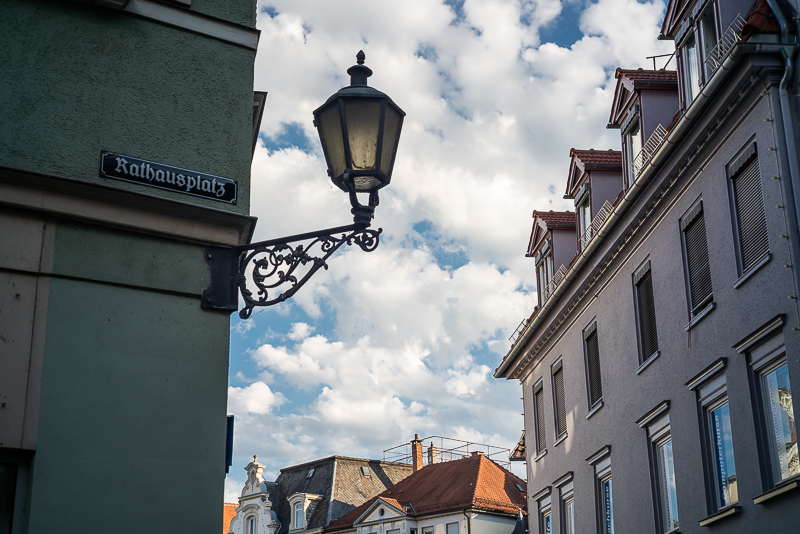



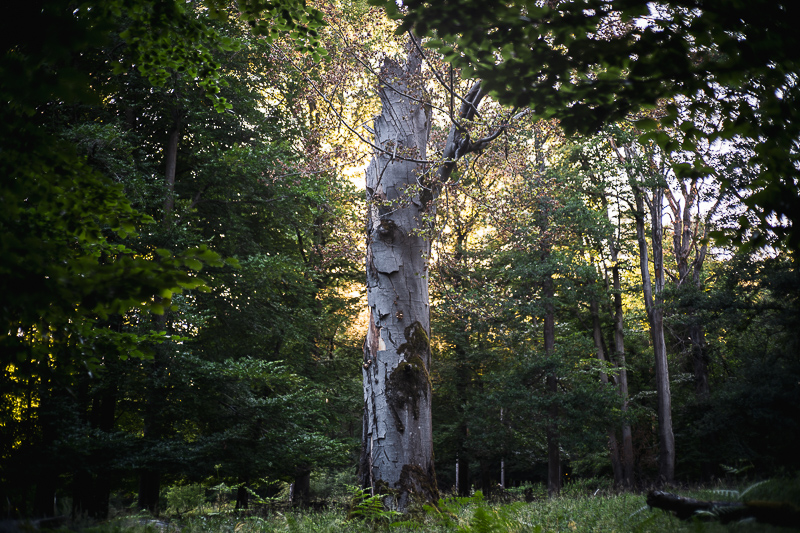





Most of the sample images in this review can be found in full resolution here.
Further Reading
- Sony FE lenses: Our comprehensive and independent guide
- Sony FE lenses: Our guide to portrait lenses from 85 to 135mm
- Finding photo opportunities near home
- Lens aberrations explained
Support Us
Did you find this article useful or just liked reading it? Treat us to a coffee!
![]()
![]()
![]() via Paypal
via Paypal
This site contains affiliate links. If you make a purchase using any of the links marked as affiliate links, I may receive a small commission at no additional cost to you. This helps support the creation of future content.
Latest posts by BastianK (see all)
- Review: SLRmagic 50mm 0.95 Hyperprime LM - July 5, 2025
- Full Resolution Pictures getting fixed - July 4, 2025
- Analogue Adventures Part 42: A wedding with Eastman Double-X 200 - July 2, 2025





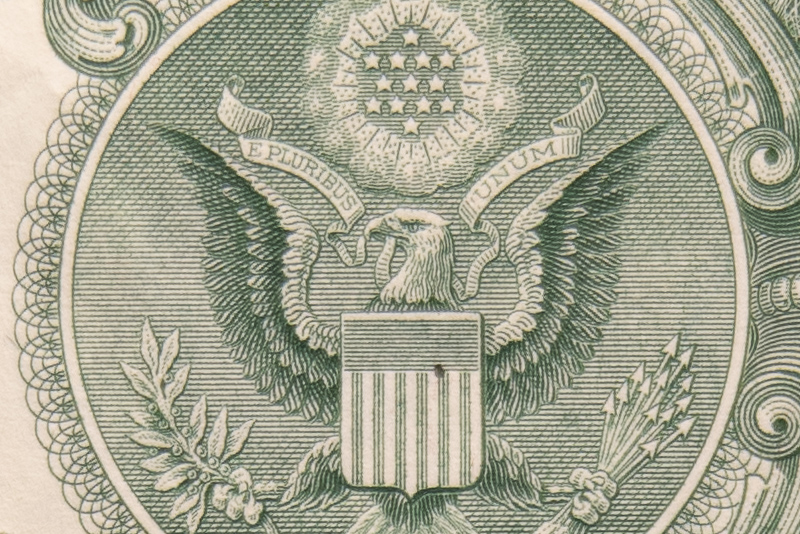
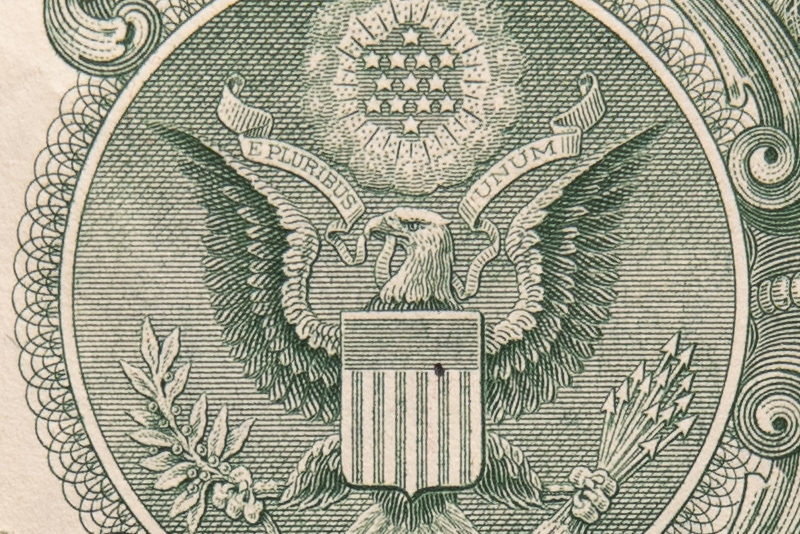




























A sonnar! Lovely.
Hmm, looks exactly like a double gauss to me…
Exactly? Not quite.
If only Sony could give us better tools for manual focusing, like the focus mapping but for stills, pulling focus on manual lenses are great but precision focusing made quicker would also be nice
Thanks, Bastian. Informative as always. It seems to have some really nice aspects, particularly for the size and price. And how many other lenses can give you rainbow jellyfish in flare?
If it wasn’t for the flare performance I am sure this thing would fly of the shelves!
Not something I see myself getting but I am impressed with this bc of the parameters. Probably a great option for those of us who like to mountain bike or backpack with cameras due to the low cost + small build + decent performance. If it breaks in the process ¯\_(ツ)_/¯ whoops good thing it is $70 and not $700. Glad that we still have companies making lenses like this. I find 6 element lenses can often have better tonality, light transmission, and colors than the $1500+ 15+ element lenses of today as well
It is a unique offering on the market and that is something I always enjoy 🙂
Yo, quick heads up, the distortion test says the Brightin Star 50mm 0.95 is being used, no doubt a small copy and paste error.
Only caption was wrong, thanks for spotting!
Does that mean you’re preparing a review of the Brightin Star?
This is correct, it might even be the next review I publish 🙂
Any plans to do a post on the 2nd part of announcement (i.e. 35f2 APO asph)? Would be keen to see it both on Leica film and A7
I have a review sample, the review is work in progress.
It may take another week or two though.
Great! Looking forward to that!
You’re really being busy lately (lately as in last couple years maybe). All the work and both quality and quantity of reviews is much appreciated, I don’t think there is any real alternative to this blog (which is weird, but then it’s not a very lucrative way to do reviews). I wish these Chinese manufacturers would offer shipping from Europe in future (and I’m sure they can, at least in collab with one of many wholesale dealers who already ship various Chinese goods from Hamburg or Frankfurt, Spain, France etc. and prices are not much higher or higher at all). I’d buy at least a couple lenses immediately.
Some of the Chinese brands do have some kind of distributor in the EU, but they ask for a hefty premium on top of customs duties…
This does look like a lovely product for a certain low-budget demographic or someone that wants to cheaply get into manual focus.
The rendering looks quite pleasing to my eyes too.
Perhaps it is time for an article explaining the different forms of ghosts 😉
The price looks really low considring its the new product. But to be fair optical performance issint that appealing. Legacy lenses can offer that and more.The prices seem to have dropped slightly over the past couple of years, just picked up Porst 55mm 1,2f in mint condition for 160€, not a pancake but fairly small and light, its a steal for that price. Plenty of nikkor 55mm 1,2f out there for less than 250€, Canon 55mm 1,2f etc… 1,8f lenses going as cheap as 35€. One has to look for the best condition available, but lets be frank the optical quality between them and this lens will be very similar and in some cases vintage lenses could outperforme this one.
Recently there are a lot of hype about rangefinder lenses adapted to mirrorless cameras, such lenses from olympus cameras like 40mm 1,8f, those are pancake style lenses, they need adaptadion, usualy simply gluing them to the third party helicoid is enough to get a focus going from ~10cm towards infinity. A lot of those lenses offer surprisingly good sharpness some even across the whole frame, and their price is in the range of this one. Although those lenses can not be stopped down or they offer very primitive aperture mechanisms.
I believe it is going to be hard for them to sell a lot of these even though the price is low.
This lens should be nice combo with sony a7c, although having AF would be a huge benefit for traveling.
Canon 55mm f1.2 for as cheap as 35 euros? I’ll believe it when I see it.
But even ignoring that, you said it yourself- “One has to look for the best condition available”
This requires skill, time investment, and a bit of luck. This a cost, and a required one to get these deals. And you have to hope it all goes right every time, otherwise it’s not such a deal anymore.
As noted in the review, ontop of the cost of an adapter, these are 40+ year old lenses now. Buying a new lens with some sort of return warranty is simple prospect.
I am not sure you can call a quarter of a thousand euros a deal- that is a chunk of change.
I dig it! I’ve been wanting an actual pancake for my Sony A7c. Something I can set to F8 and just zone focus all over NYC. This looks to fit the bill precisely. Just gotta find a third party hood to tackle that flare. I’m guessing the hood will cost as much as the lens 😂
If you find a good hood please share here 🙂
Yeah, and I’ll do that in Berlin!
Thanks for the review, Bastian!
The rendering looks quite nice, but the sharpness is fairly rough. However, I suppose for the very low cost and small size it’s not a bad performance. I’m still really happy with my TTArtisan 50mm f/1.4, which is admittedly much longer and heavier than this lens, but is still compact, has a really nice rendering too, but is sharper, especially stopped down. I bought that lens after reading the review here.
The TTA 50mm 1.4 is still my favorite when it comes to affordable fast 50mm lenses 🙂
Lieber Bastian,
Thank you for this review.
Any plans on reviewing the new Laowa 90mm ultra Macro APO please?
You were disappointed by the 85mm and I would be quite interested in your review of this new lens.
Thank you so much.
David is already working on the review of the 90mm 🙂
Might a step down ring or a couple of them work as an effective hood? I remember people using 46-43-37 step downs or something like that as a hood on some pancake lenses in the past… Might end up trying it myself (both the lens & the step downs as hood), excellent review as always.
It might work, unfortunately in my step-up/step-down ring box there are only very few small ones so I couldn’t try myself.
I’ve ordered a couple rings, along with the lens from Amazon US, I was surprised there aren’t that many sizes to choose from once you get below 43mm… It’s basically 43->37 & 37->30 and I don’t even think I saw any 43->30s, 30 might be too much either way but I’ll share what I find.
Chiemseer … Prost 👏🏻
A little off topic. Bastian TTarisan has released 32/2.8 so far only for Z cameras, there are your pictures in the presentation. You can see these pictures somewhere in a larger resolution or the lens review itself (I didn’t find it) ?
I had a prototype of the E-mount version of that lens in 2021 but it still hasn’t been released (I think there might have been some issues with the electronics).
I didn’t write a full review at that time, as the sample was also a bit too decentered for that.
If you are interested in a particular picture tell me which one it is and I can upload it for you.
Very nice if you are looking for a lens cap but also want to not lose the possibility to shoot. Not that much expensive than a metal lens cap and much better than other pancake f5.6 lens out there. Most mirrorless cameras have finger grip protruding out anyways so no need to be that thin.
Acquired this lens the other day and I’m really surprised by it. I like the rendering a lot. So much that I think I might sell the 50mm F1.4. The 1.4 is a better lens but a lot heavier and I’m not sure how often I’ll use it now. With the F2 lens on my A7C, I feel like I’m using a m4/3 camera.
Have a lens hood coming this week as well, which will help with the poor flare performance.
Thanks for all your hard work, Bastian.
Glad you are enjoying this lens, if the hood helps please share the model here!
I compared this TTArtisan lens to the Nikon 50mm F1.8 E series that you mentioned in your review and the Nikkor was fare superior.
In what category?
I have a 50mm 1.8 Series E myself.
Coma is similarly bad, bokeh is less smooth, flare is even worse and with adapter it is double the size.
So I wonder what is far superior here.
Hi nice reviews Brigthin Star / Artisan
😉 If you want to get rid of the E-serie flare get the AIS version, has much better coating. But the coma and bokeh are the same (same optical scheme) . The AI version is worse concerning coma…
A very nice compact E serie lens is the 100 mm f2.8 , just an effective 4 lens design, I’m still waiting for a clear night for an astro test. Otherwise use some streetlights.
Oh and the Canon FD 50mm f1.2 non aspherical is not that bad 😉 concerning bokeh, flare and is a bit midway modern and vintage look.
If you look at the 55mm/50mm macro’s they are great, Nikkor P/AI 55mm f3.5 is very sharp close up and flare resistant, nearly no coma! Only 5 lenses!. The AI 55 mm f2.8 is somewhat better at infinity due to close range correction but has problems with sticky diafragm.
I bought this exact lense as well as the Meike 50mm, f1.7. I spent hours photographing objects and changing lenses back and forth to then compare the images. Both lenses are extremely good and do the same thing quality wise. Both have this effect as if someone put a mild soft-filter over it. For portraits and flowers, both are great lenses. However, the Meike wins because it does not have the vignette effect. At certain apertures, the vignette is really noticeable, especially when photographing the sky. Although the Meike is almost twice the length, weight and price, I think I’ll stick with Meike. Also, the Meike is a proper full frame lense. The TTArtisan is actually an APS-C lense that is oddly just big enough to use on a 35mm sensor.
I wonder if you have ever used an APS-C lens on a fullframe camera.
In case not, this is what it looks like:

Do any of the pictures from the TTArtisan 50mm 2.0 look like that?
Thanks for another useful review and all your wonderful photographs. You can sell any lens with those!
Aside from the other obvious optical limitations, the close focus distance kills the joy for me. Any Takumar or Pentax can focus to 45cm while performing better. And the lottery for a good unit is no different from the lottery for a good Chinese lens, according to what I am reading.
Hello Bastian,
thanks for your review, helpful as ever! Bought this lens because ot this article and am very happy with it. though 10g heavier than the Sony 50/1,8 SEL and not quite as sharp wide open.
But I must contend one of your findings: I for myself am actually quite pleased with the sunstars from f 5,6 onwards. Example:
https://www.instagram.com/p/C82s17IscGt/?igsh=amRlM3c3d2VvY2Rk
Looks like you got more luckily with the alignment of the aperture blades than I did with this review sample 🙂
I guess there’s either much variation in the line itself or this may be an updated version. Anyway, I like the sunstars of my example much better than those of the Sony 50/1,8 and that’s why I’m keeping this small gem. 🙂
Thanks for the review Bastian,
I like TTA 50/2.0 but the bokeh is a bit wierd at mid focus distances. The background is soft in the center but sharpens up toward the edges. This picture shows the effect in the trees.
Vignetting Sharpening or Field Curvature or User Error?
https://flic.kr/p/2q7vBT2
Mainly field curvature.
esslingen 😀